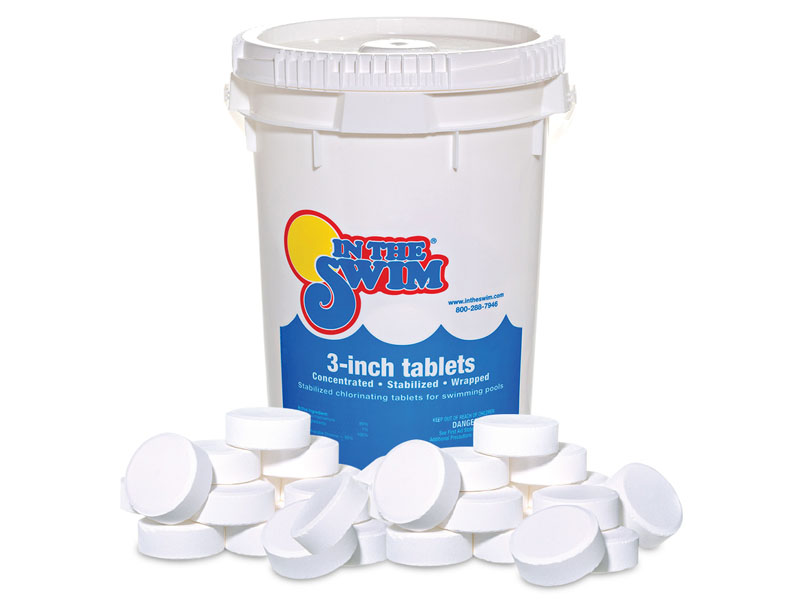Understanding the process behind the dissolution of chlorine tablets in water is crucial for maintaining the efficacy and safety of swimming pools and water treatment systems. These tablets play a key role in sanitizing water, making it safe for swimming by eliminating harmful pathogens and bacteria. This article delves into the factors that influence the rate at which chlorine tablets dissolve, offering insights into their chemical makeup and the environmental conditions that affect their dissolution.
Factors Influencing Dissolution Rates
The rate at which chlorine tablets dissolve is not a fixed value; it varies based on several environmental and chemical factors. Recognizing these factors can help pool owners and water treatment professionals optimize the use of chlorine tablets to maintain water quality efficiently.
Temperature
Water temperature significantly impacts the dissolution rate of chlorine tablets. Tablets dissolve faster in warm water than in cold. This is because increased temperature energizes the water molecules, enhancing their ability to break down the chlorine tablet. Therefore, during hot summer months, you may notice that chlorine tablets melt away more quickly, necessitating more frequent replenishment.
Water Flow
Water flow around the chlorine tablet also plays a critical role. Tablets placed in areas of high water circulation dissolve faster than those in stagnant water. The movement of water increases the contact between water molecules and the tablet, facilitating a quicker breakdown. This is why the placement of chlorine tablets within a pool or water treatment system can affect how uniformly and efficiently they dissolve.
Tablet Size and Composition
The size and composition of the chlorine tablet influence its dissolution rate. Larger tablets, such as 3-inch chlorine tablets, naturally take longer to dissolve completely compared to smaller ones. Furthermore, the binders and additives in the tablet can affect how quickly it breaks down in water. High-quality tablets are designed to dissolve at an optimal rate, providing a steady release of chlorine over time.
Optimizing Chlorine Tablet Use
To maximize the effectiveness of chlorine tablets, it's essential to consider the aforementioned factors. Adjusting the placement of tablets to areas with good water circulation, monitoring water temperature, and choosing the right size and type of tablet can all contribute to more effective water sanitation.
Understanding how long does it take for chlorine tablets to dissolve is crucial for maintaining the desired chlorine levels in your pool or water treatment system. Regular testing of water chemistry and adjusting tablet usage accordingly ensures that water remains safe and clean for use.

Maintenance Tips
- Regularly check the chlorine levels in the water to adjust the frequency and amount of tablets used.
- Ensure that tablets are placed in a dispenser or floater that allows for adequate water flow.
- Be mindful of environmental factors, such as temperature changes and rainfall, that can affect chlorine levels and dissolution rates.
By understanding the science behind the dissolution of chlorine tablets and considering the factors that affect their rate of dissolution, individuals can effectively maintain the cleanliness and safety of their water bodies. Proper usage and maintenance not only ensure the health and safety of swimmers but also extend the longevity of pool equipment and infrastructure.